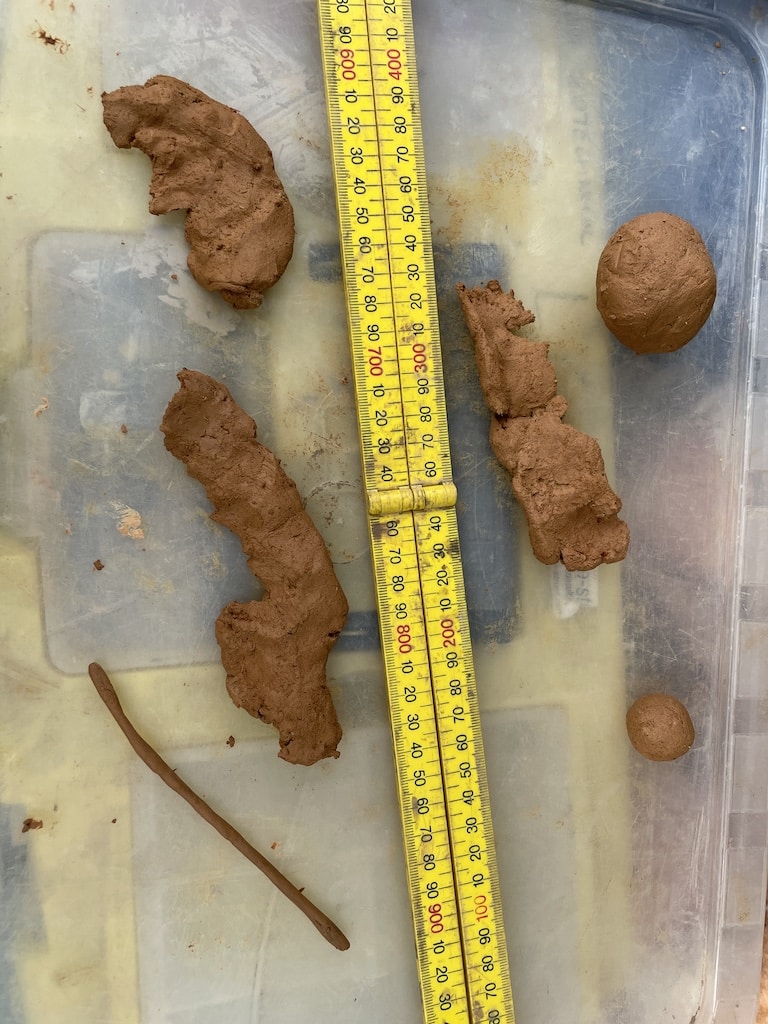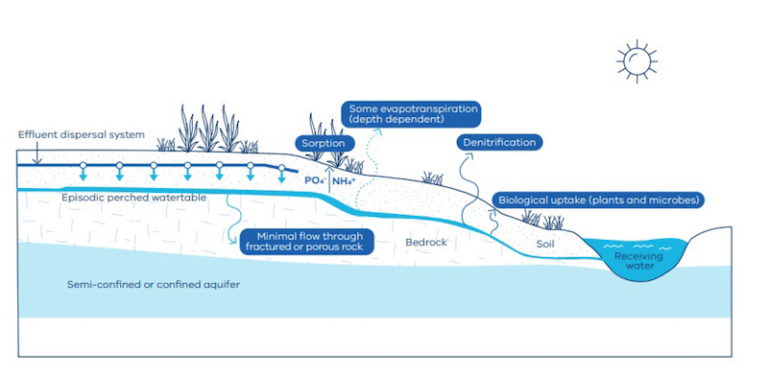Introduction:
Clay soils necessitate larger effluent dispersal fields primarily due to their low permeability and poor drainage characteristics. Unlike sandy or loamy soils, clay particles are extremely fine and compact tightly together, resulting in a dense soil structure that restricts the movement of water.

When effluent from a septic system is introduced into clay soils, the slow percolation rate means that water does not easily infiltrate and disperse into the ground. Consequently, a larger dispersal area is required to accommodate the same volume of effluent that would be absorbed by a smaller area of more permeable soil types. This larger area helps to ensure that the effluent can be adequately absorbed without pooling or runoff, which could lead to surface contamination and system failure.
The necessity for larger dispersal fields in clay soils also stems from the risk of hydraulic overloading. Hydraulic overloading occurs when the volume of effluent exceeds the soil’s capacity to absorb and treat it, leading to saturation and potential failure of the septic system. In clay soils, the risk of overloading is heightened because the slow infiltration rate means that water can quickly accumulate. To mitigate this risk, dispersal fields must be extended to spread the effluent over a wider area, thereby reducing the concentration of wastewater in any given section and allowing more time for absorption and natural filtration processes to occur. This approach helps prevent the adverse effects of overloading, such as effluent surfacing and soil erosion.
Moreover, larger dispersal fields are necessary in clay soils to enhance the treatment of effluent before it reaches the groundwater. Clay soils have limited natural filtering capabilities compared to more porous soils. In sandy soils, effluent is rapidly filtered as it moves through the soil layers, removing contaminants before they reach the water table. In contrast, clay soils’ slow infiltration rates provide limited filtration, which can allow pathogens and nutrients to persist longer in the environment. Expanding the dispersal field area increases the soil-plant interaction zone, promoting better treatment of the effluent through biological uptake and soil microbial processes. This larger area allows for a more extended period of soil contact, improving the overall purification of the wastewater.
Lastly, environmental protection and regulatory compliance are additional reasons for requiring larger dispersal fields in clay soils. Regulatory guidelines for septic system design often consider soil characteristics to ensure that systems do not pose a risk to public health or the environment. In areas with clay soils, regulations may mandate larger dispersal fields to safeguard against potential contamination of surface and groundwater resources. This requirement ensures that septic systems are designed with a sufficient margin of safety, accounting for the reduced absorption and filtration capabilities of clay soils. By adhering to these guidelines, homeowners and designers can help protect water quality and maintain the integrity of local ecosystems.





